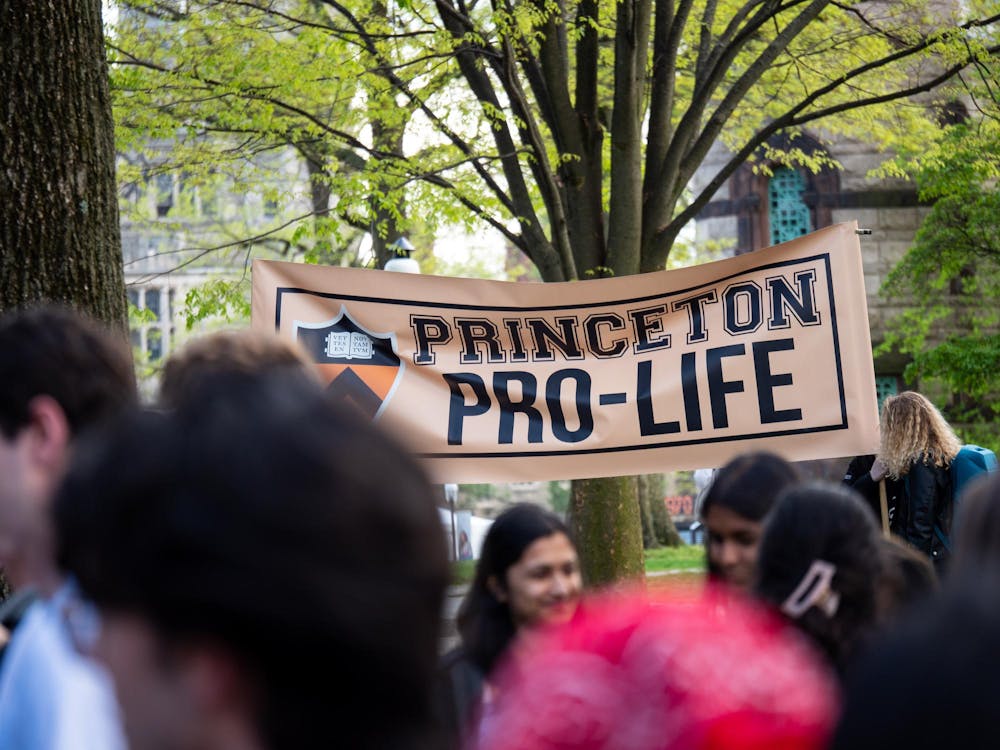Plants are smart and change their nitrogen-fixing strategies based on their environments, a study by ecology and evolutionary biology professors Lars Hedin and Simon Levin found.
The paper, published in the journal Nature Plants, looks at plants as smart and strategic beings rather than as passive features of the environment.
“The approach we have taken, appropriating agency to plants, is a rather unique one and is one of the strengths of the ecology and evolutionary biology department here at Princeton,” Hedin said.
Levin, who has worked on this problem along with Hedin for over ten years, said that this paper is the culmination of much effort and hard work that began with a review paper by Hedin in 2009 that set up the question of distribution of nitrogen fixers in different biomes.
The counterintuitive distribution of nitrogen fixing plants in tropical and non-tropical environments has been a long-standing question in ecology. Plants that can make their own fertilizer from nitrogen struggle in apparently ideal conditions of nitrogen-poor soils, while they thrive where they should not, in nitrogen-rich soils among many other species of legumes, which are nitrogen fixers.
This study examines the puzzle from the new perspective of plants being “smart,” Levin said. He explained that the game-theoretical approach, one typically used in economics, was used to create computational models of nitrogen fixers in the environment.
“What might be best for a tree standing alone in the open is not at all the best for a tree surrounded by others,” he said, adding the need for nitrogen fixers to change strategies based on their environment.
Levin explained that nitrogen fixation is costly in two ways — first, the cost of producing nodules and inviting bacteria into plant roots to fix atmospheric nitrogen, and second, retaining the ability to produce nitrogen at any time.
“So the question we asked was, what would the plants do if they were smart?” Hedin said.
The answer, which combines the overarching principle of evolutionary strategies to current models, can lead to important understandings about climate change and the distribution of plants in the future, Benjamin Houlton GS ’05, Associate Professor of Terrestrial Biogeochemistry at University of California, Davis, said. Houlton was not involved in the study.
The study, which highlights the convergence of modern and ancient evolutionary time scales, matches many of the others that have examined the question using different approaches, according to Houlton.

“The next step is to rigorously test this in the field before any encompassing theory can be formed,” he said.
Game-theoretical models similar to the one the study took can likely be extended to other problems, Houlton said.
Hedin noted that studies are already being based off this one, with new researchers looking at the importance of spatial structure in the strategy adopted by a nitrogen fixer.
Efrat Sheffer, senior lecturer at the Robert H. Smith Faculty of Agriculture, Hebrew University of Jerusalem, and Sarah Batterman GS ’13, fellow at the University of Leeds, United Kingdom, were also co-authors of the paper.
The paper was published on Nov. 23.
News Editor Ruby Shao contributed reporting.








